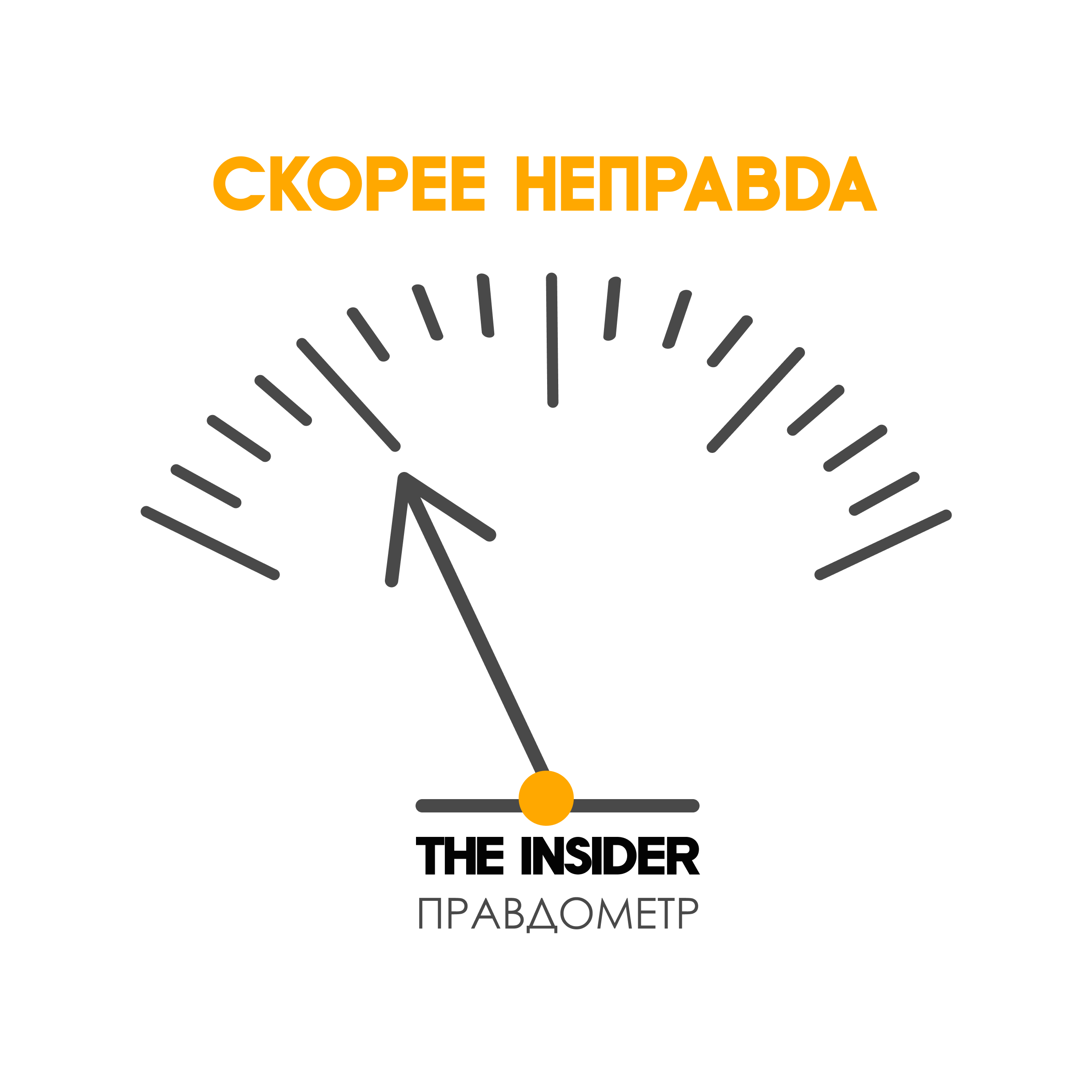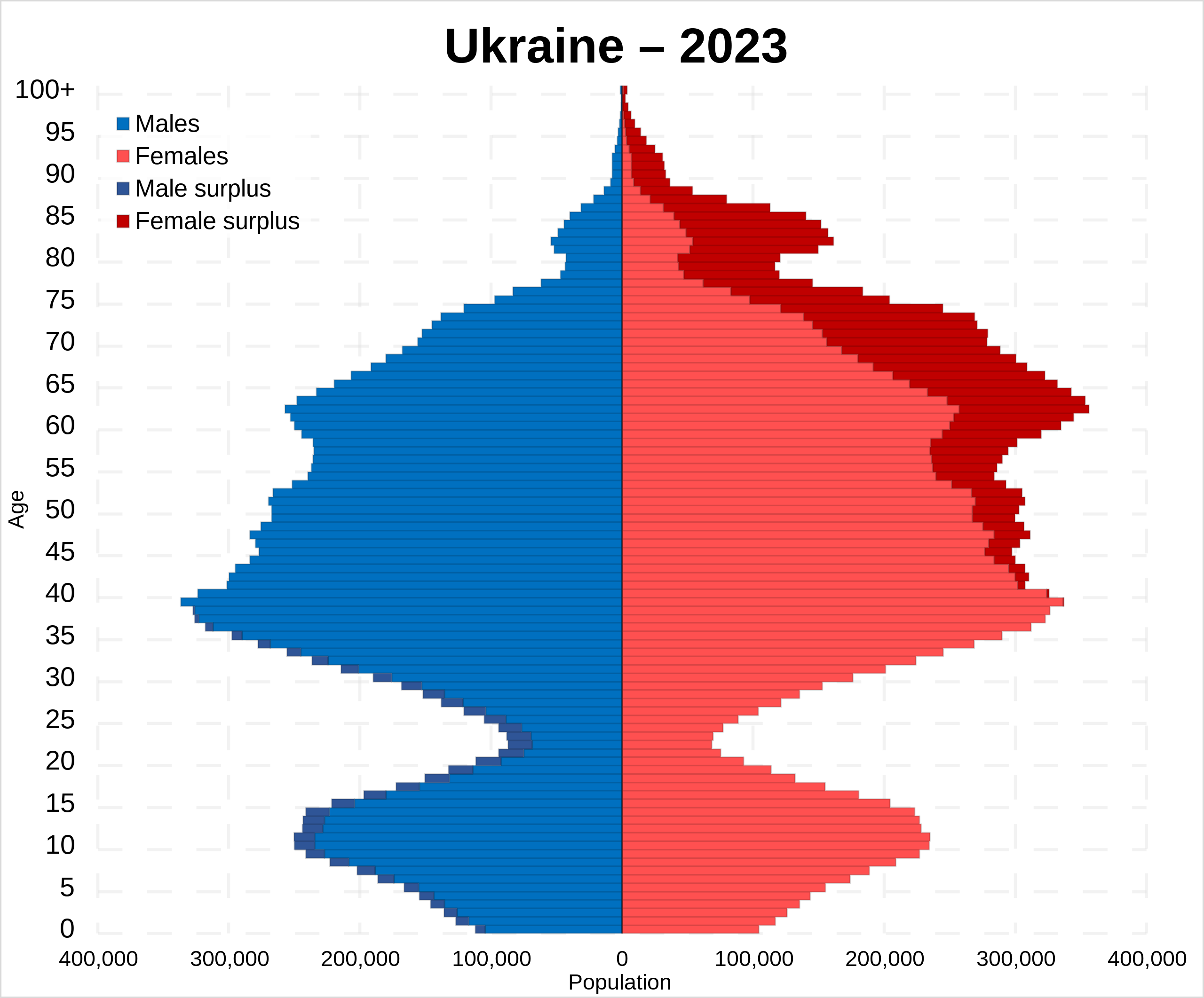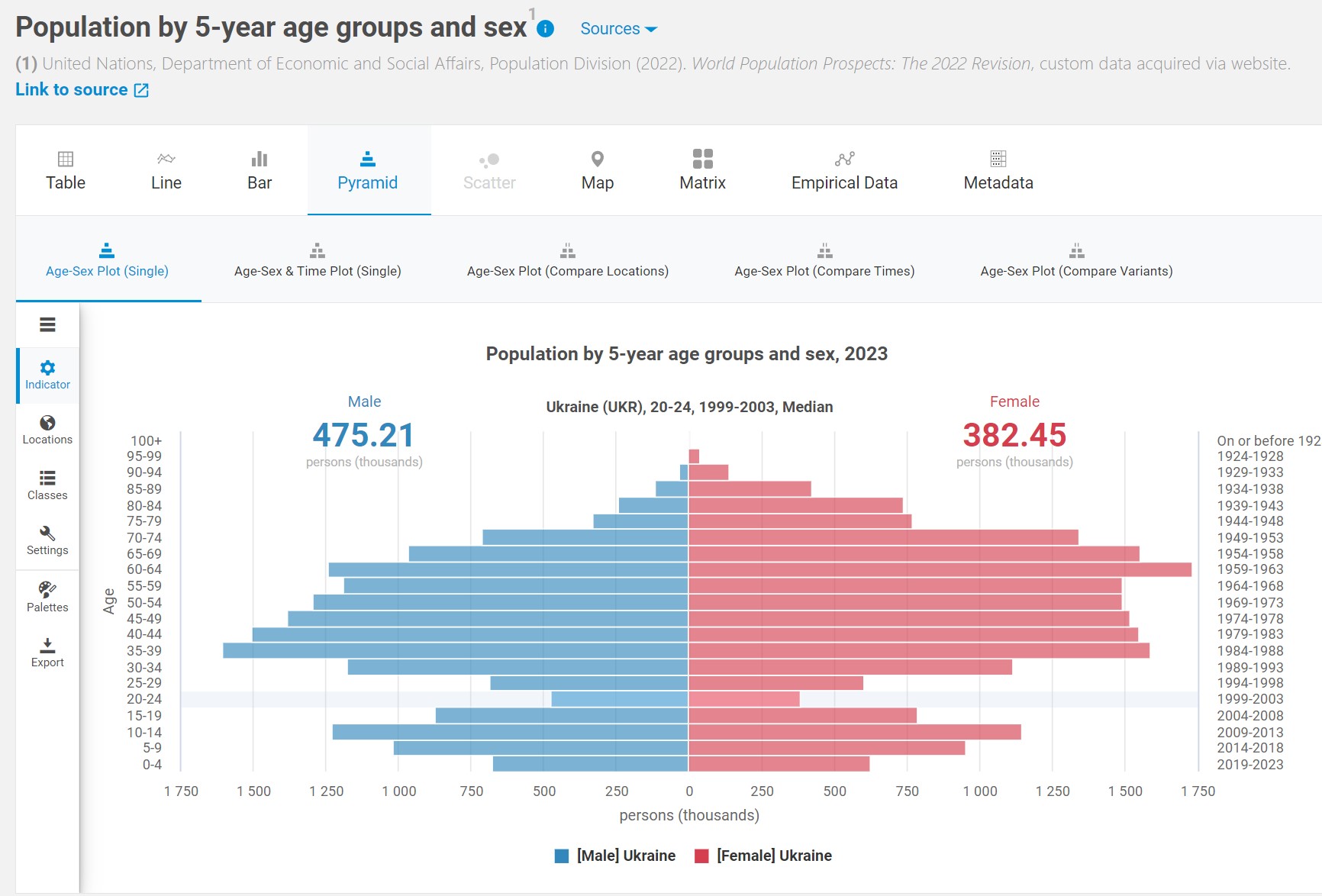RIA Novosti published an article by its columnist Vladimir Kornilov "Until the last Ukrainian": twenty years in Ukraine are almost over", whichsays :
“Until the last Ukrainian” – over the past year we have heard this phrase quite often. Let us recall that on the eve of the special operation, on February 1 last year, British Prime Minister Boris Johnson, who played a significant role in inciting the Ukrainian conflict, while in Kiev, publicly announced: “Ukrainians will fight to the last drop of blood.” The head of the Kyiv regime, Vladimir Zelensky, who was standing next to the British speaker, did not react to these words in any way, only writing down something on paper. Apparently, he marked the order of the London patron as his own task.
The other day, Vladimir Putin, commenting on Britain’s decision to send shells with depleted uranium to Ukraine, stated the sad fact: “It seems that the West really decided to fight Russia to the last Ukrainian – no longer in words, but in deeds.” And, mind you, we have always perceived this as a "tragedy of the Ukrainian people", calling for an end to the bloodshed. But Zelensky wrote in his tasks: “To the last drop of blood.” Here he performs.
And the other day, the scale of this tragedy was involuntarily pointed out by The Times newspaper, which tirelessly wages an anti-Russian propaganda campaign on its pages. In another similar article, her military commander quoted former Ukrainian Economy Minister Tymofiy Mylovanov, who advised paying attention to the demographic tree of his country, pointing out that there were practically no people in their twenties left.
The newspaper decided to illustrate the words of the ex-minister by posting this tree on its pages. The bild editors of The Times didn’t really philosophize, simply superimposing UN statistics for 2021 and 2023 on top of each other. The comparison was shocking. Apparently, realizing how terrible it looks for Ukraine, the editors later quietly removed the graphics from their website, but they were preserved in the printed version of the publication.
Data from the UN statistics department really confirms what is happening. Last year, the median number of twenty-year-old residents of Ukraine (both girls and boys) reached approximately 200,000 people in each gender category. And the data for this year show that there are about 60,000 young men in the age category of 21, and even fewer girls – somewhere around 50,000. Imagine what a drop in numbers in just a year! <…>
Military losses in the UN tables are taken into account very roughly. By and large, only the official migration data and the fact that more than seven million people left Ukraine last year were taken as the basis for statistics. That is, if we add to the official UN data the combat losses of the Armed Forces of Ukraine, the colossality of which is recognized by everyone, and the loss of a significant part of the territories, then we can safely conclude: twenty-twenty-five-year-old boys and girls in Ukraine have actually ended!”

In fact, The Times quotes Timofey Milovanov as saying:
“It's really terrible if you look at the demographic tree of Ukraine. There was already a really tiny part of the population in their twenties and twenties. Russia has a similar problem. Twenty years ago was the end of the 1990s, the collapse of the Soviet Union, really hard times, especially in Ukraine. People just put off having children. Thus, we are dealing with the loss of 33% of the population, even without taking into account the war.”
The newspaper points out that the military losses of each side have already exceeded 100,000 people and that tens of thousands of Ukrainian civilians may have died. But there are no grounds for Kornilov's conclusions that Ukraine was left almost without 20-year-olds in the article.
Graphics similar to the one Kornilov writes about exist on the Internet. It is given in the article Demographics of Ukraine in the English-language Wikipedia; indicated that it is based on UN data as of January 1, 2023.

However, the schedule comes with a caveat:
"Data and estimates after February 2022 are subject to significant uncertainty due to the effects of the war, emigration, and the inability to collect timely and reliable demographic data."
It paints a truly frightening picture, but it cannot be explained by the “war to the last Ukrainian”, as Kornilov does: as we see, in this age group, the male population is more numerous than the female, which would be impossible in the event of catastrophic military losses.
But the reliability of this picture as a whole is highly questionable. On the UN population statistics website, the picture is quite different.

The “demographic hole” is really pronounced, but the numbers are not at all the same as those of Kornilov. In the age group of 20-24 years old, the smallest among those under 75 years old, there are 475.2 thousand men and 382.5 thousand women, that is, 20-year-old men should be a little less than 100 thousand. These are, of course, serious losses, but certainly not a “war to the last Ukrainian”. And again, the serious predominance of the male population over the female population does not fit into the picture of military defeat. Apparently, many women left the country to escape the war, but not all of them will remain abroad for life.
The World Population Review website gives an even more optimistic estimate of the number of 20-year-old Ukrainians: 138,600 men and 122,800 women.

Kornilov argues that the UN figures do not reflect combat losses, and therefore the decline in the male population is even greater. But if we estimate the combat losses at 100,000 people (which is already a big exaggeration, since this figure includes losses both killed and wounded) and take into account that mostly men aged 18 to 50 fight, the fate of 20-year-olds which Kornilov is so interested in, there will be no more than 3,000 dead.
A similar "demographic hole", although less pronounced, can be traced in Russia, so Milovanov, apparently, is right. What Kornilov is trying to pass off as catastrophic losses in Ukraine is mainly due to the low birth rate in the economically difficult 1990s and the inability to collect reliable statistical information in the country on whose territory the war is going on.


